Description of species and Flavor of Jamaican Blue Mountain Coffee
Flavor: very full-bodied, with long-lasting fruit flavors
Particles: fuller
Suggested baking method: medium baking
The caffeine content of Blue Mountain Coffee is very low, which is less than half of that of other coffees, which is in line with the modern concept of health. The same coffee tree species, whether planted in Hawaii, Kenya, Papua New Guinea or anywhere else with a similar climate, cannot produce the flavor of blue mountain coffee beans.
Pure Jamaican Blue Mountain Coffee perfectly combines the unique sour, bitter, sweet, mellow and other flavors of coffee to form a strong and attractive elegant flavor, which is unmatched by other coffee.
People who love Blue Mountain Coffee say: "it is a 'coffee beauty' that combines all the advantages of good coffee."
Jim, general manager of Pitt, which is famous for coffee and tea in the United States, said of Blue Mountain Coffee: "it tastes fragrant, smooth and mellow, and it makes me feel as precious as a gem." It is precisely because the taste of Blue Mountain Coffee is moderate and perfect, so Blue Mountain Coffee is generally drunk in the form of black coffee.
"its liquid is golden in the sun and tastes smooth. According to the coffee book, Blue Mountain is the only bitter and sour coffee in the world that people can enjoy. Just drink it."
The Secret of Blue Mountain Coffee
The "secret" of why Blue Mountain coffee tastes pure: their coffee trees are all on rugged hillsides, and the picking process is so difficult that non-local skilled women are simply unable to do it. It is very important to choose the right ripe coffee beans when picking. Immaturity or ripeness will affect the quality of the coffee. The picked coffee beans are shelled on the same day, and then let them ferment for 18 hours. After that, the coffee beans were cleaned and screened. The subsequent process is to dry, which must be carried out on the cement floor or on a thick blanket until the humidity of the coffee beans drops to 12% 14%. And then store it in a special warehouse. Take it out and roast when needed, then grind it into powder. These procedures must be strictly mastered, otherwise, the quality of coffee will be affected.
The best Blue Mountain Coffee is undoubtedly one of the best coffee available. Although the price can ensure an adequate supply of Blue Mountain coffee, it does not guarantee the best flavor of the coffee. Also, this kind of coffee tastes much more expensive than it looks. If you want to taste its best flavor, you have to put more coffee beans than other coffee, otherwise the flavor will be a little different, so the flavor is that it has 10% to 15% more coffee beans than the coffee whose price is inferior to it.
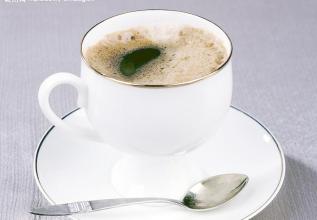
Variety
The variety of Blue Mountain Coffee is Iron pickup.
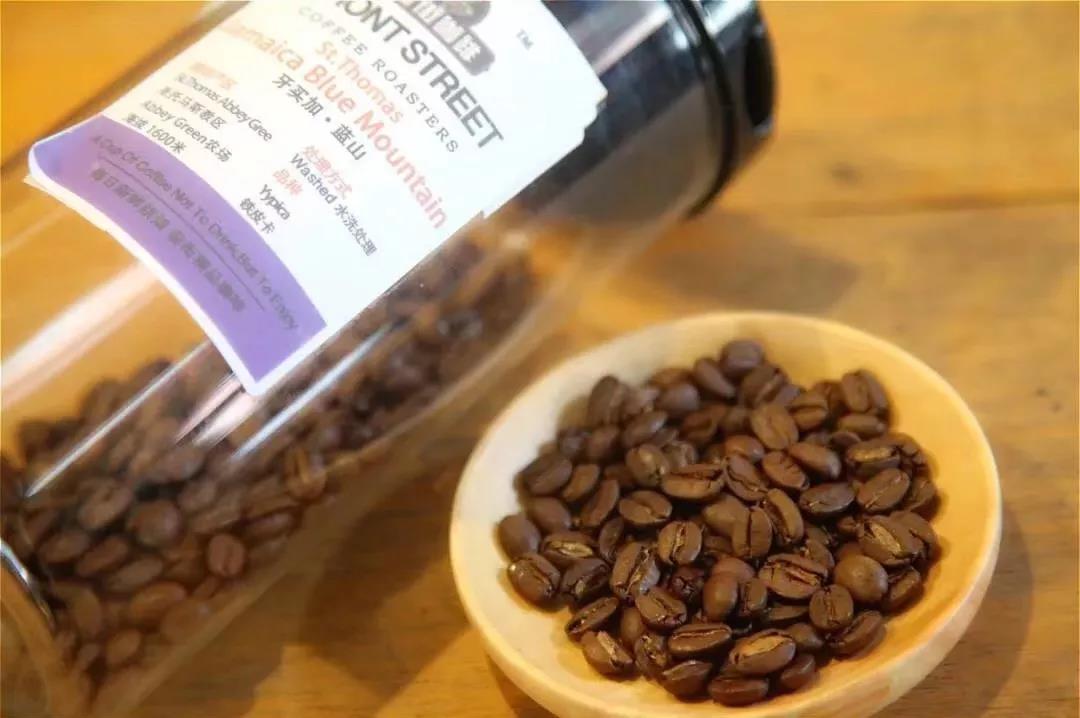
The top leaf of the iron pickup is bronzed, the bean body is oval or thin, the tree is tall, the branches are slightly tilted, the angle is 50 Murray 70 degrees, the flavor is elegant, but the physique is weak, the disease resistance is poor, the coffee yield of each tree is very low and the fruit yield is very low.
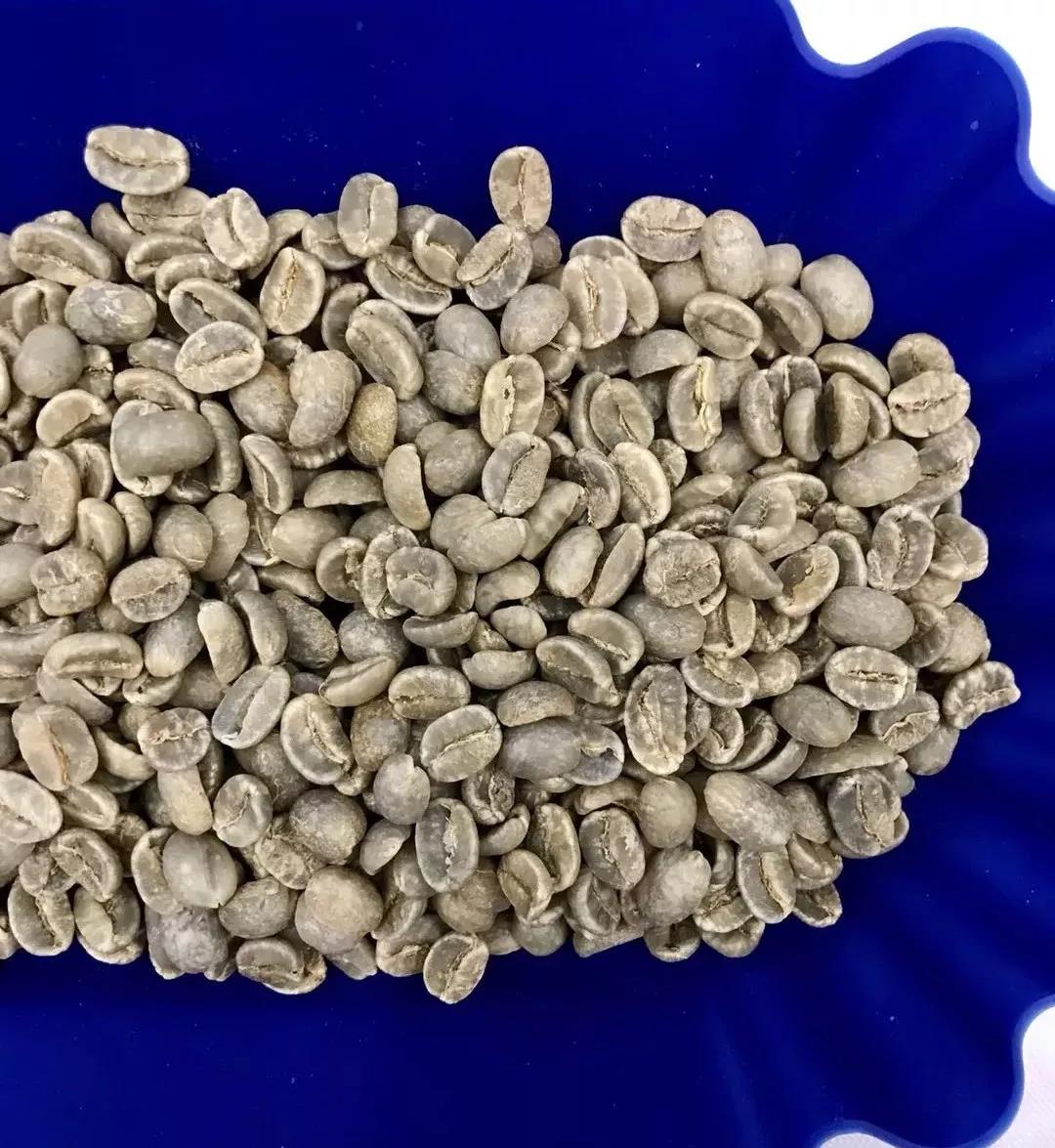
The leaf tip of the iron pickup species has a feature, which is red copper, which is called red top coffee. Coffee tree opposite leaves are long oval, smooth leaves, the end of the branch is very long, few branches, and the flowers are white, open at the base of the petiole connecting the branch. Ripe coffee berries look like cherries and are bright red.
How did Japan get the priority purchase right?
When it comes to Blue Mountain Coffee, we all know that a large part of Blue Mountain Coffee was acquired by Japan, so Blue Mountain Coffee can be seen outside Japan. This also has a period of history!
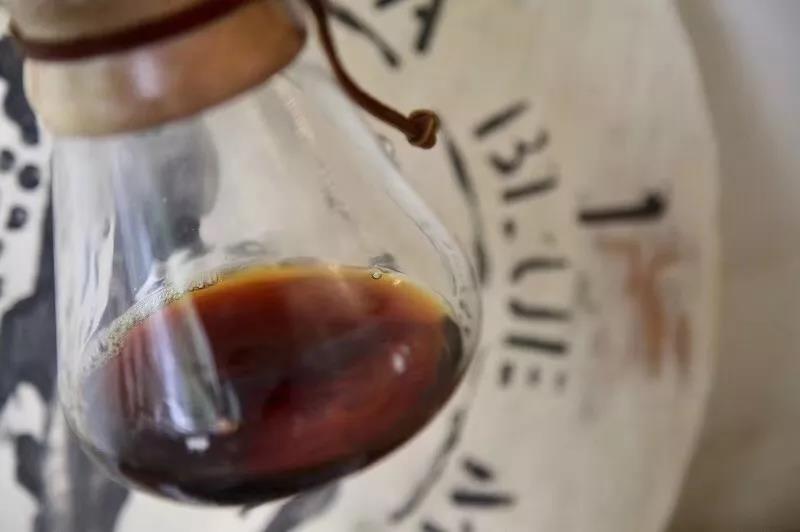
The Jamaican Coffee Industry Committee was established by the Government of Jamaica in 1950 to develop quality standards for Jamaican coffee and to monitor the implementation of quality standards to ensure the quality of Jamaican coffee. The Committee awarded special official seals for raw and roasted coffee exported from Jamaica because the use of Japanese loans improved the quality of production and thus ensured the market.
By 1981, about 1500 hectares of land in Jamaica had been reclaimed for coffee cultivation, followed by investment in another 6000 hectares of coffee land. In fact, today's Blue Mountain area is a small area with a planting area of only 6000 hectares, and it is impossible to grow all the coffee marked "Blue Mountain" there. Another 12000 hectares are used to grow two other types of coffee: Alpine Top Coffee and Jamaican Coffee.
According to Jamaica Coffee Bureau export statistics by 2013, 85% of the limited Blue Mountain coffee bean quotas were exported to Japan, 5% to the United States, 5% to Europe and 5% to other countries. However, China accounts for 15% of the global consumption and distribution of authentic Jamaican Blue Mountain coffee, according to the International Coffee Association. This is due to the fact that some shares of Jamaican Blue Mountain coffee in Japan, Australia and Europe are exported to Taiwan through direct subsidiaries.
Classification and grading of Blue Mountains:
The history of Jamaican coffee can be traced back to the 18th century. The British introduced coffee trees to Jamaica and planted coffee in the Blue Mountains, which is divided into high-altitude Jamaican Blue Mountain Coffee, Jamaican Alpine Coffee and Jamaican Coffee. Different grades also determine different prices.
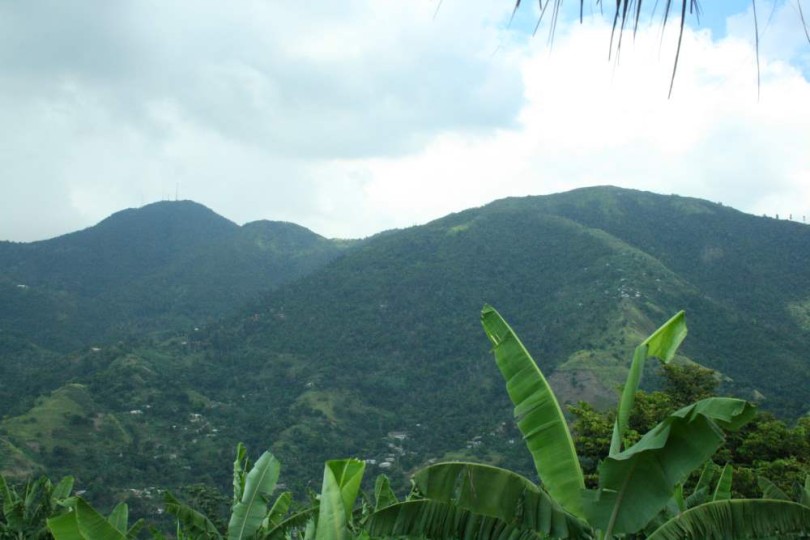
(1) Jamaica Blue Mountain Coffee
Among them, there are four grades under Blue Mountain Coffee and Alpine Coffee. From top to bottom in terms of quality, NO.1, NO.2, NO.3 and PB,PB are round beans. According to CIB standards, only coffee grown above 666m above sea level is called Jamaican Blue Mountain Coffee. The best coffee is located in the Blue Mountain of Jamaica with a height of about 2000,000,2256m. Because it is located on a dangerous hillside, the output is small, the grain is large, the quality is good, the taste is harmonious, and it has appropriate sour, bitter, fragrant, mellow and sweet taste. It is recognized as the best in the world, so the price of Blue Mountain No.1 is the highest of all Blue Mountain Coffee.
(2) Jamaica Alpine Coffee
The coffee produced below 666 meters in the Blue Mountain area of Jamaica is called Alpine Coffee, which is second only to Blue Mountain Coffee in quality. it is called the brother variety of Blue Mountain Coffee by industry insiders. Jamaica Blue Mountain caffeine produces very little, so if you want to taste Jamaican coffee, then Jamaican Alpine Coffee is your best choice.
(3) Jamaican coffee
Coffee is grown outside the Blue Mountains and is called Jamaican coffee. It turns out that people in the coffee industry in China generally have a wrong understanding that only coffee grown in the Blue Mountains above 1800 meters above sea level can be called Blue Mountain Coffee. In fact, there is only one manor on the top of the Blue Mountains above 1800, that is, Amber, which is of Chinese descent. The owner of the manor is surnamed Lyn (Lin). Originally from Guangdong, China, the manor has a land area of only 30 hectares and its output is very small. Blue Mountain Coffee is mainly distributed in 5 mountainous areas such as John Crow,St.John's Peak,Mossman's Peak,High Peak,Blue Mountian Peak in the Blue Mountains.
Real Jamaican Blue Mountain Coffee is certified:
The Jamaican government used to insist that all Blue Mountain coffee is roasted in Jamaica to ensure that the quality remains the same. In fact, baking is a fine art, and it takes experience, training and expensive equipment to do a good job. From the consumer's point of view, coffee beans should be obtained and drunk immediately after baking. Coffee roasting in Jamaica is unlikely to meet this requirement. Now, raw coffee beans from Jamaica can be exported.
CIB
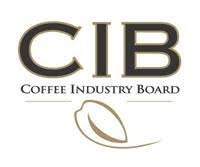
Jamaica is the only country in the world that has a government coffee regulatory agency-Jamaica Coffee Industry Authority (CIB), which belongs to the Ministry of Agriculture and Fisheries of Jamaica. The function of CIB is planting technical guidance, processing training, fair trade, quality supervision and a series of things about the quality and brand of Jamaica Blue Mountain. The members of the board of directors of CIB are all owners of more than a certain amount of plantation estates in Jamaica (due to the transfer of industry, the newly certified Blue Mountain Manor in Jamaica requires an area of more than 50 hectares).
CIB stipulates that only the blue mountain coffee beans produced in the producing area of Jamaica Blue Mountain more than 2200 feet can be called Jamaica Blue Mountain Coffee. According to the bean size, the grades are NO.1, NO.2, NO.3 and hand-selected PB. Among them, the basic standard of NO.1 Blue Mountain raw beans is beans with more than 17 mesh, defect rate less than 3%, moisture content about 13%, and so on. So far, the only way to treat raw beans of Blue Mountain Coffee is washing, and there is no sun and other treatments.
At present, the Jamaican coffee shop on the market can issue certificates for all exported Blue Mountain coffee.
There are three types of certificates:
(1) Certificate of quality issued by the Jamaican Coffee Agency
(2) the authorized sales certificate issued by the blue mountain coffee manufacturer.
(blue Mountain Coffee is distributed by 4 processing producers licensed by the Jamaican government and exported by 16 licensed exporters)
(3) Certificate of origin of Jamaica Blue Mountain Coffee
The quality certificate indicates the time and quantity. The Jamaica Coffee Bureau randomly selects a package from the Blue Mountain Coffee for inspection, and issues a certificate if the conditions of the Blue Mountain Coffee are met.
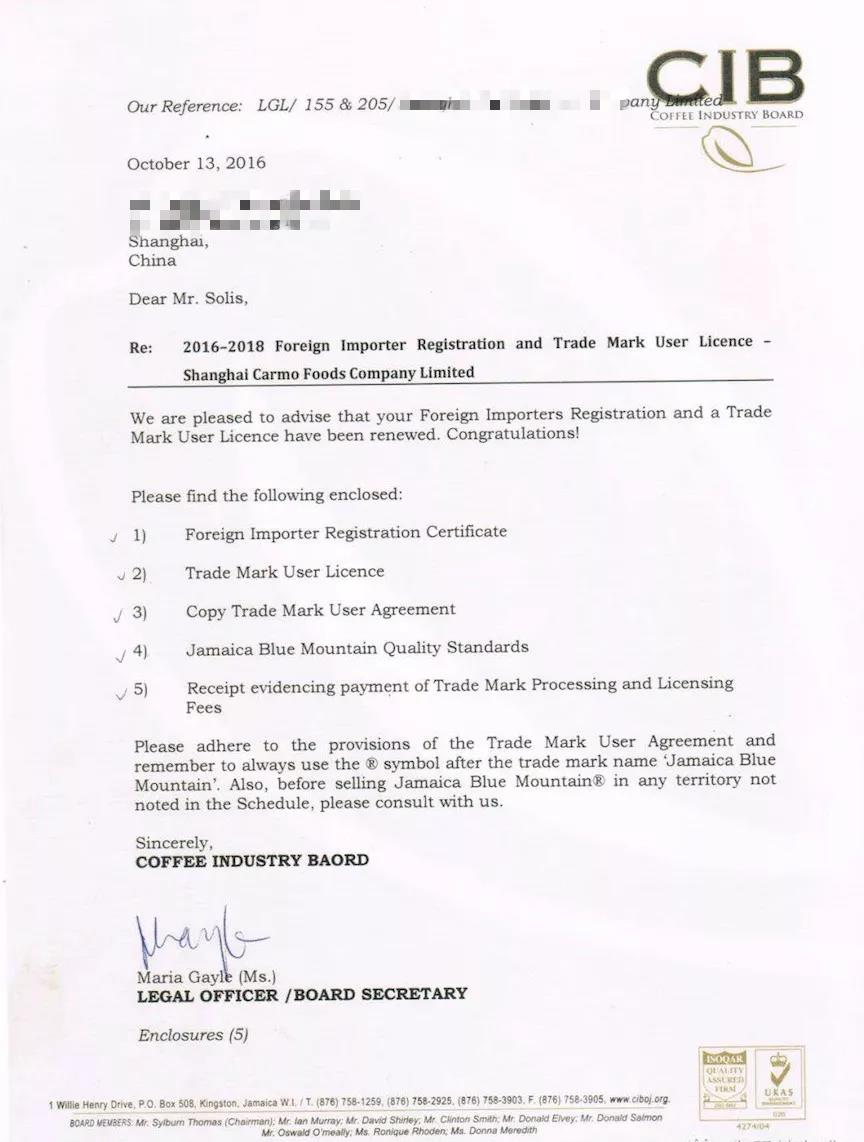
Qianjie coffee some time ago from the origin of the Blue Mountain has this certificate.
Of all the coffee, only Blue Mountain is barreled, and other coffee exits are in sacks. It is said that from the mid-18th century, flour shipped from England to Jamaica during the British colonial period was recycled in empty buckets and used to transport coffee and rum. The buckets used today are all wood from temperate forests in the United States. the advantage of buckets is to absorb and release internal and external humidity without much change, which can alleviate sudden temperature changes in the process of transportation. Another barrel sealed off coffee aroma, can maintain the best coffee quality, but the additional cost will be higher.
Suggestion on coffee baking in Qianjie
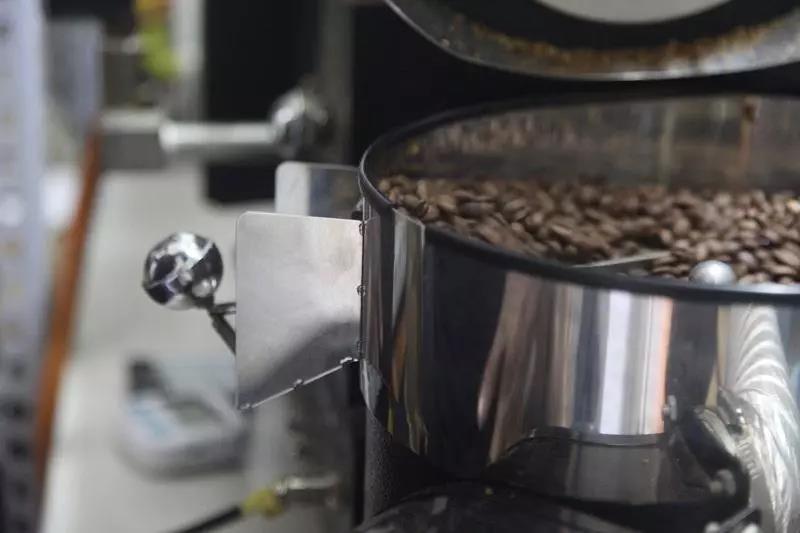
To put it simply, the Blue Mountain is baked "thoroughly" from the inside to the outside, and on the basis of baking, a better baking technique is used to show the flavor of this bean.

Caramelization is a link that has the greatest impact on the flavor of coffee. After six to seven minutes of baking, raw beans absorb a lot of heat and start the pyrolysis reaction, resulting in the first explosive sound. Some sugars are converted into carbon dioxide, and water continues to evaporate. New aromatic components gradually develop into the so-called coffee oil. And combine with hundreds of aromatic substances such as nicotinic acid, citric acid, quinic acid, malic acid, acetic acid, caffeine and so on.
Baking curve: furnace temperature to 170 degrees Celsius, throttle set for 1 minute, firepower 140 degrees, throttle unchanged, baking to 5 degrees Celsius 39 degrees 10 ", temperature 153 degrees, bean surface turns yellow, grass smell disappears completely, dehydration is completed, firepower is adjusted to 115 degrees, throttle changes 4".
In the 8th & # 39th minute, ugly wrinkles and black markings appear on the bean surface, and the smell of toast obviously changes to the smell of coffee, which can be defined as a prelude to explosion. at this time, listen clearly to the sound of an explosion point, and start to explode at 8 degrees 39 ". Adjust the firepower to 90 degrees, the throttle is fully open (adjust the firepower to be very careful, not to be so small as to be free of bursting sound), and put the pot at 201.3 degrees.
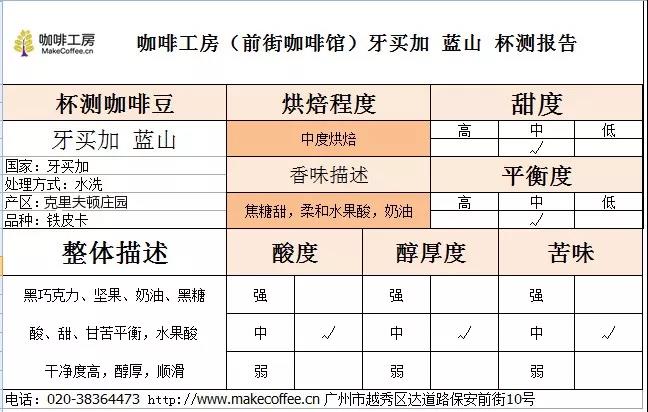
Test the flavor of Qianjie coffee cup
A perfect and delicate balance of acidity, mellow thickness and aroma. Its acidity is bright and delicate. Its body is as smooth as velvet. Its aroma is slightly penetrating, accompanied by floral, spicy, and citric acid tones. There is a hint of cocoa after the entrance.
The taste is very clean, complex, very mild, chocolate sweet, very mellow. The taste is full-bodied and mellow. the sweet, sour and bitter taste of the coffee is perfect, with no bitterness at all, only a moderate and perfect sour taste and a long fruity taste.
Dry aroma: roasted peanuts (roasted peanut), hazelnuts (hazelnut), melons (melon), chocolate (chocolate-like)
Wet fragrance: oolong tea (rose-tea), caramel (caramel), honey (honey), chocolate (black- chocolate), almond skin (almond skins), silky taste (silky mouthfeel), bright feeling (brightness)
Suggestion on brewing coffee in Qianjie
So how should we drink the beans of Blue Mountain Coffee?
Daily filter cup selection: V60 filter cup, kalita fan and KONO can be used.
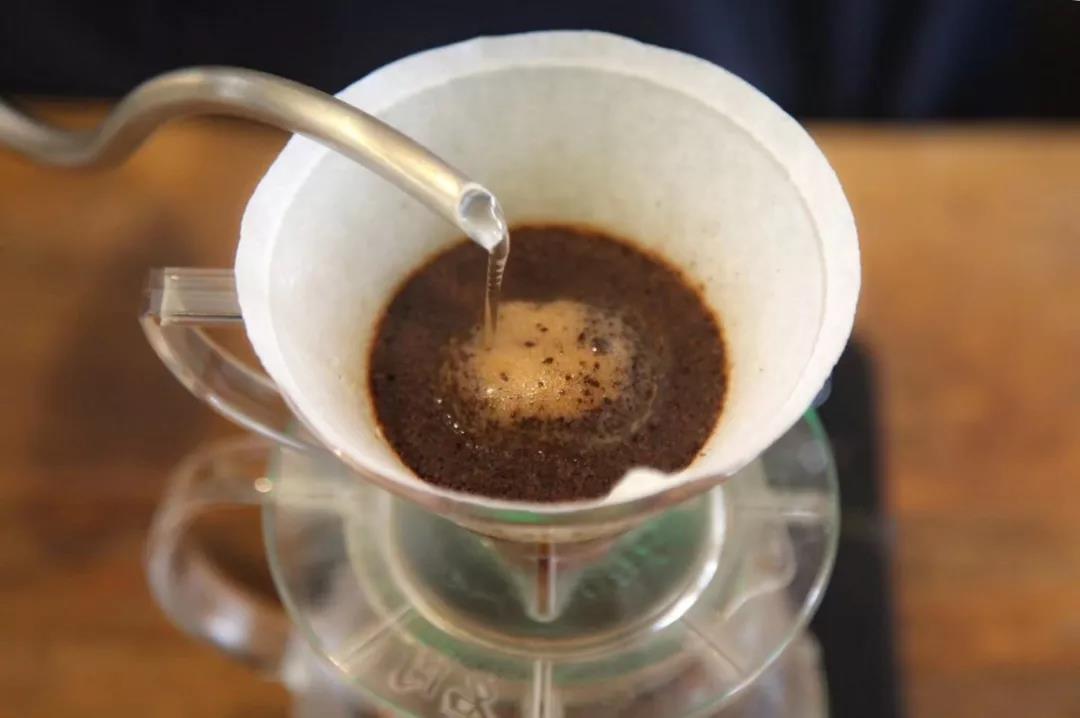
Take the KONO filter cup as an example:
Parameters: 15g powder, water temperature 84-86 degrees, BG grinding 6m (Chinese standard 20 sieve, pass rate 47%), that is, small Fuji grinding 4, water powder ratio close to 1:14, total time about 1:50
Technique: 25-30g steam, steaming time is 30s, slow water injection to 120g or so, when the water level is about to expose the powder bed, start water injection to 210g.
Other extraction suggestions:
Normal pressure: 3.5-4 degree of grinding / water temperature 86 degrees
Siphon: 4 degree of grinding, water temperature: 89 degrees
Philharmonic pressure, 2.5 degree of grinding, water temperature 86 degrees
Tips:
The baking degree of Blue Mountain is relatively deep, if the water temperature is too high, it will be easy to produce astringent taste, and will have a very obvious smoky smell.
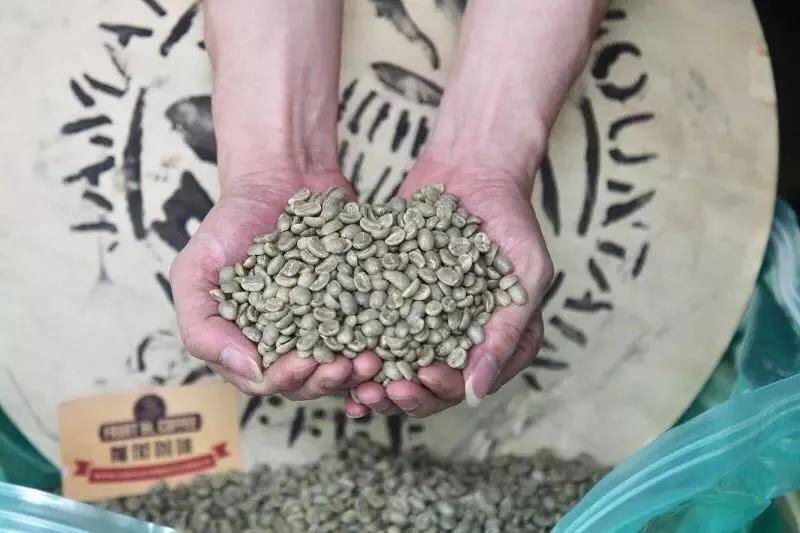
Qianjie Coffee teaches you how to distinguish between true and false Blue Mountains?
1 shape: the raw bean of Blue Mountain Coffee is cyan, the appearance is very neat, the size is medium to small, both ends are warped up, the volume increases a lot after baking, very full.
2 grinding beans: the real blue mountain coffee beans grow at high altitude, its cytoplasmic structure is relatively loose, it feels very crisp, cool and continuous when grinding by hand, and there is no feeling of resistance.
3 aroma: the aroma is very rich and dense; the so-called blended Blue Mountain Coffee does not have this aroma.
4 Taste: the real Blue Mountain Coffee has a balanced and full-bodied taste, without any feeling of prominence or lack of taste, which is unmatched by any other coffee beans, and the most critical identification point.
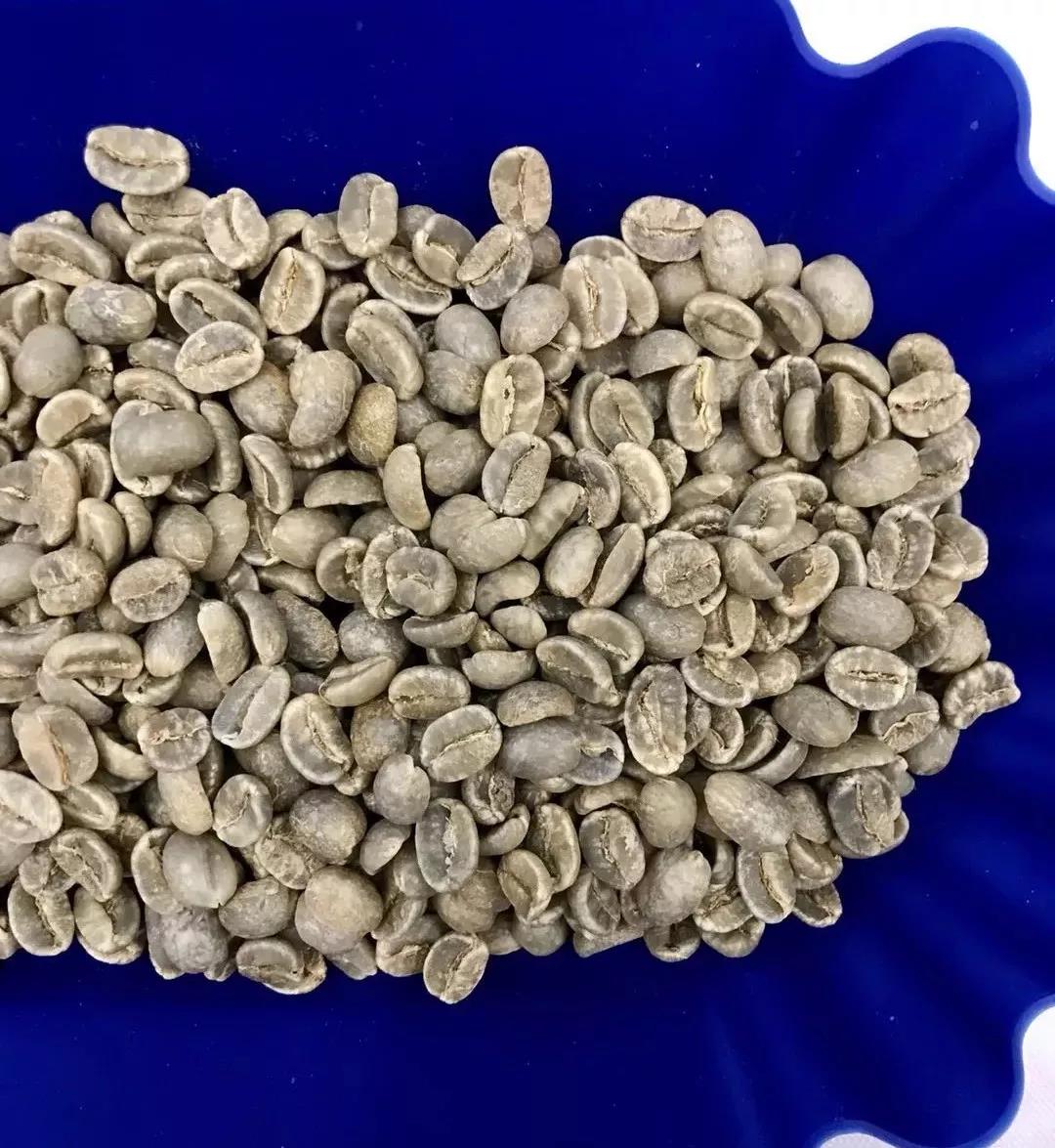
So, what is Blue Mountain flavor coffee?
The so-called "Blue Mountain matching" actually has nothing to do with Blue Mountain. The reason for this is that the early Blue Mountain coffee is rare and expensive, and the operator uses mixed beans and deep roasting to make coffee close to the blue mountain taste according to the blue mountain flavor. therefore, conscientious merchants in domestic and foreign markets will tell customers that this is a comprehensive blue mountain, blue mountain flavor, blue mountain style coffee beans, not real blue mountain coffee.
The real Blue Mountain and Blue Mountain flavor are two different concepts, which are generally roasted with other beans to mimic the similar taste of Blue Mountain coffee. The beans of "Blue Mountain matching" are mixed, have a big difference in shape and are easier to identify. Also do not believe in dozens of yuan a pound of "the best Blue Mountain", more than ten yuan a cup of "Blue Mountain Coffee".
Not all the blue mountains are really blue mountains. I hope it can help you to distinguish.
Important Notice :
前街咖啡 FrontStreet Coffee has moved to new addredd:
FrontStreet Coffee Address: 315,Donghua East Road,GuangZhou
Tel:020 38364473
- Prev
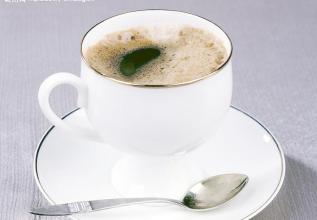
Tanzanian Coffee Flavor Description Taste Variety Characteristics Producing Area Price Boutique Coffee Introduction
Mount Kilimanjaro, located in northeastern Tanzania, is the highest peak in Africa at an altitude of 5895 meters. The high altitude makes the top snow all year round, while Tanzania's main coffee producing area is located at the foot of Mount Kilimanjaro. This area has rich volcanic soil, which provides sufficient nutrients for the growth of coffee trees. Coffee trees are usually planted at 1150 meters above
- Next
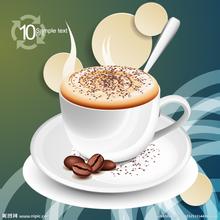
Musk Coffee Flavor description Grinding degree Taste characteristics introduction to the production of fine coffee in the producing area
The roasting process of Luwak coffee beans: 1, civets like to eat ripe red coffee fruits on coffee trees; 2, pick out undigested coffee seeds from cat droppings; 3, remove the silver gray film of coffee seeds, wash them in water and dry them in the sun; 4, stir-fry Luwak coffee beans. 1. After the Indonesians remove the silver-gray film on the appearance of coffee beans, rinse them with water and put them in the sun.
Related
- Detailed explanation of Jadeite planting Land in Panamanian Jadeite Manor introduction to the grading system of Jadeite competitive bidding, Red bid, Green bid and Rose Summer
- Story of Coffee planting in Brenka region of Costa Rica Stonehenge Manor anaerobic heavy honey treatment of flavor mouth
- What's on the barrel of Blue Mountain Coffee beans?
- Can American coffee also pull flowers? How to use hot American style to pull out a good-looking pattern?
- Can you make a cold extract with coffee beans? What is the right proportion for cold-extracted coffee formula?
- Indonesian PWN Gold Mandrine Coffee Origin Features Flavor How to Chong? Mandolin coffee is American.
- A brief introduction to the flavor characteristics of Brazilian yellow bourbon coffee beans
- What is the effect of different water quality on the flavor of cold-extracted coffee? What kind of water is best for brewing coffee?
- Why do you think of Rose Summer whenever you mention Panamanian coffee?
- Introduction to the characteristics of authentic blue mountain coffee bean producing areas? What is the CIB Coffee Authority in Jamaica?

